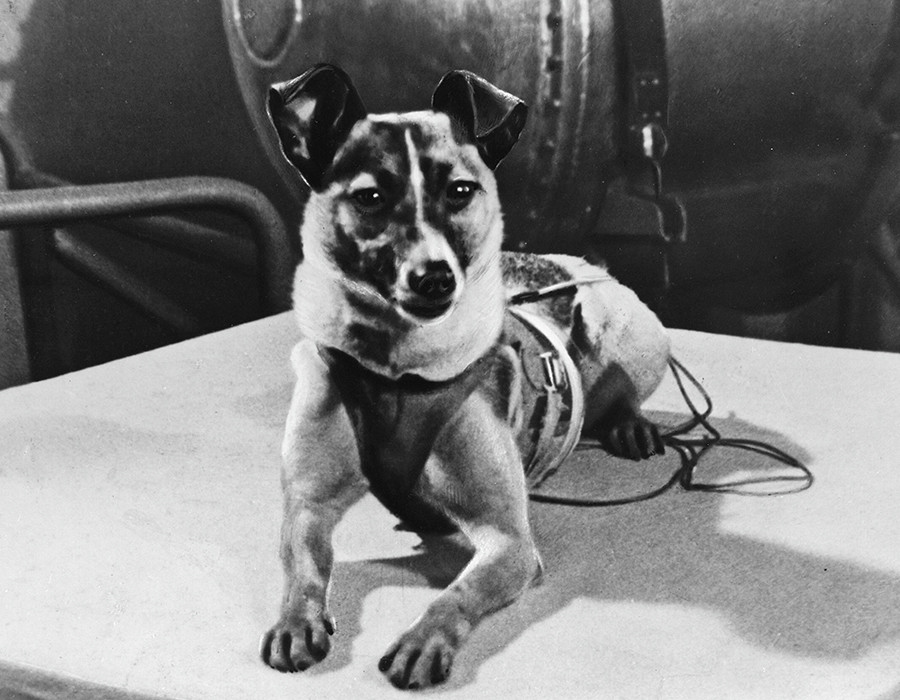The quest to explore space has captured humanity's imagination for centuries. But before humans ventured beyond our planet, other brave pioneers paved the way – animals. This article delves into the history of early animal astronauts, the challenges they faced, and the invaluable contributions they made to space exploration.
The dawn of the Space Age wasn't solely about rockets and satellites. It was also a period marked by the daring use of animals in spaceflight experiments. These early missions, though often tragic, played a critical role in paving the way for human spaceflight by providing crucial data on the effects of space travel on living organisms.
In 1948, the United States Air Force, leveraging captured German V2 rockets left over from World War II, initiated high-altitude biological experiments. Albert, a male Rhesus monkey, became the unfortunate protagonist in this endeavor. Strapped into a specially designed container within the V2 rocket, Albert embarked on a suborbital flight, reaching an altitude of approximately 63 kilometers (39 miles). Tragically, Albert perished due to the harsh conditions of the flight, including overheating and suffocation. Despite the unfortunate outcome, this mission marked a significant step in the history of space exploration.
Albert's mission, while unsuccessful in terms of animal survival, paved the way for further experimentation. The US Air Force continued its high-altitude biological research with Albert II, another Rhesus monkey, in 1949. Unfortunately, Albert II also succumbed during the flight due to similar issues. These early attempts highlighted the immense challenges of spaceflight, prompting researchers to refine their techniques and life-support systems.
The year 1951 witnessed a turning point in animal spaceflight. The US launched an Aerobee rocket carrying a monkey and eleven mice. This mission marked a success, with the monkey and all the mice being recovered alive after the suborbital flight. This achievement demonstrated the viability of using rockets to transport living organisms and the effectiveness of improved life-support systems.
While the US was making strides with the V2 and Aerobee rockets, the Soviet Union was also actively engaged in animal spaceflight endeavors. Their early experiments involved a variety of animals, including monkeys, dogs, rabbits, cats, and mice. Sadly, most of these initial Soviet missions resulted in animal fatalities, highlighting the inherent risks involved in such pioneering ventures.
In November 1957, the Soviet Union launched Sputnik 2, carrying Laika, a stray dog, into space. Laika became the first animal to orbit the Earth, a feat that captivated the world. However, the mission was a one-way trip – Sputnik 2 lacked the technology to return Laika safely to Earth. Laika's death, while tragic, provided valuable data on the physiological effects of spaceflight on living organisms, paving the way for future missions with the potential for animal survival.
The year 1958 marked another milestone in animal spaceflight. The United States launched a Jupiter missile carrying Able, a Rhesus monkey, and Baker, a squirrel monkey. This mission achieved a historic feat – the successful recovery of both animals after their suborbital flight. Though Able sadly passed away a few days later due to complications from surgery, the mission demonstrated the possibility of animal survival in space.
The use of animals in early spaceflight experiments remains a topic of ethical debate. While these missions yielded invaluable data and paved the way for human spaceflight, the loss of animal life cannot be taken lightly. As we move forward in space exploration, it's crucial to find a balance between scientific progress and animal welfare.
Tags:
Space Technology

